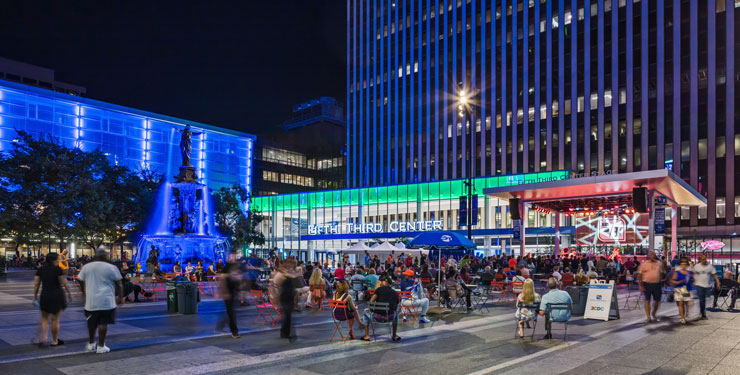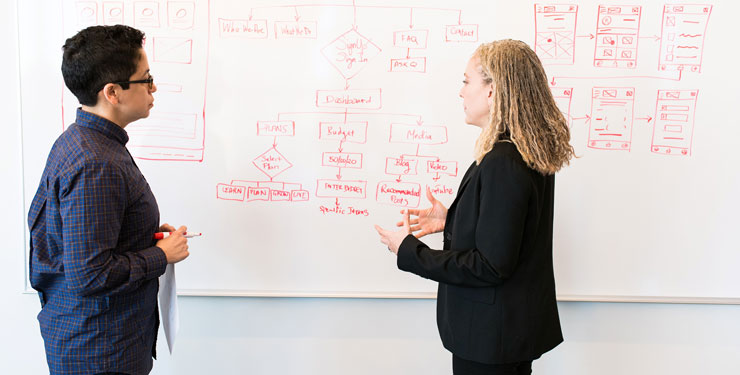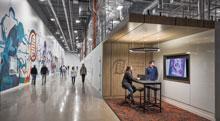
How HR Policies and the Built Environment Drive Employee Well-Being
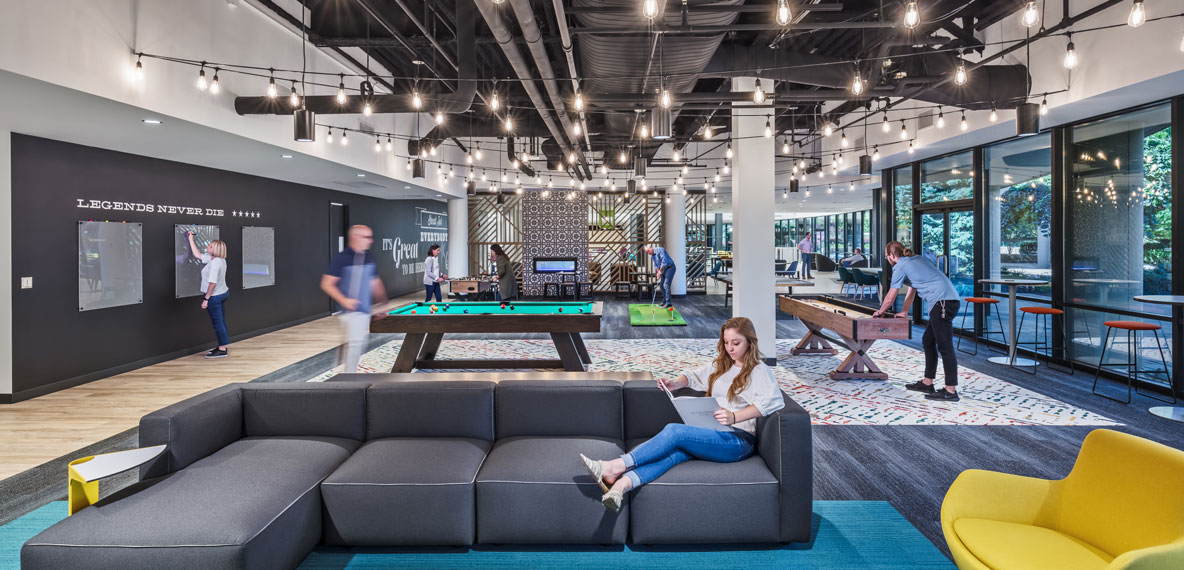
Companies that invest in employee well-being improve employee engagement and retention, reduce absenteeism, and create a positive work culture. A recent University of Warwick study showed that happy employees are 12 percent more productive than their unhappy counterparts. Today, employee well-being has expanded beyond physical health to a holistic focus addressing physiological, emotional, and social issues.
At the heart of this is the environment in which employees work. The key to any well-being program is leveraging the interconnectedness of Human Resources (HR) policies and the built environment. By creating a workplace where the built environment and HR policy work in concert, organizations create a culture that enhances productivity and strengthens the employee value proposition.
Evolution of Employee Well-being in the Workplace
The pandemic was the catalyst for the spotlight on employee well-being. Remote and hybrid work, ergonomic furniture as standard, mental health resources, and active design are investments in the employee that meet staff where they are with respect to well-being. The world is interconnected and diverse, and workplaces should be inclusive and supportive. Advances in technology, such as the Internet of Things (IoT) and artificial intelligence (AI), provide opportunities to influence well-being in the workplace.
Transforming the Workplace
The relationship between HR policy and the built environment is complex and multifaceted. A coordinated three-pronged approach between the built environment, HR policies, and change leadership is the foundation. Having honest, open collaboration and establishing common objectives is the first step.
Layering policy and physical workspace elements makes room for discussion around how and when space is used and for what activities. HR policies concerning flexible work hours, ergonomics, and neurodivergence open the door for empathetic discussions around neurodivergence. Customizable workspaces empower staff to determine their optimal ways of working.
A well-designed office layout should include sit-to-stand desks, outdoor workspaces, and circulation that encourages physical activity—regardless of ability—throughout the day. While designers create spaces that encourage movement, HR policies incentivize employees to take regular breaks and stretch their legs.
Another important consideration is the role of lighting and indoor air quality. Designing spaces with daylight sensors, circadian lighting systems, plants, and natural materials has been shown to reduce stress and increase focus. Minimizing contrast in lighting level changes for eye strain, placement of workstations according to daylight and views, and material choices using patterns from nature are valid strategies.
HR policies are a driving force behind stress reduction and mental well-being. Designated spaces for relaxation and recharging/and quiet zones demonstrate an understanding of the importance of neurodivergence. Openly communicating the availability of these spaces, and encouraging their utilization, fosters a sense of trust.
Excessive noise is also a source of stress and distraction for employees, while too little noise can lead to a lack of stimulation and creativity. Careful attention to soundproofing and the use of sound-absorbing materials can help create a balanced acoustic environment.
In addition to the physical design of workspaces, HR policies can influence healthy behaviors, including healthy eating habits, stress reduction, and encouraging social networks. The built environment supports these behaviors by incorporating spaces for social interactions through shared spaces and common areas.
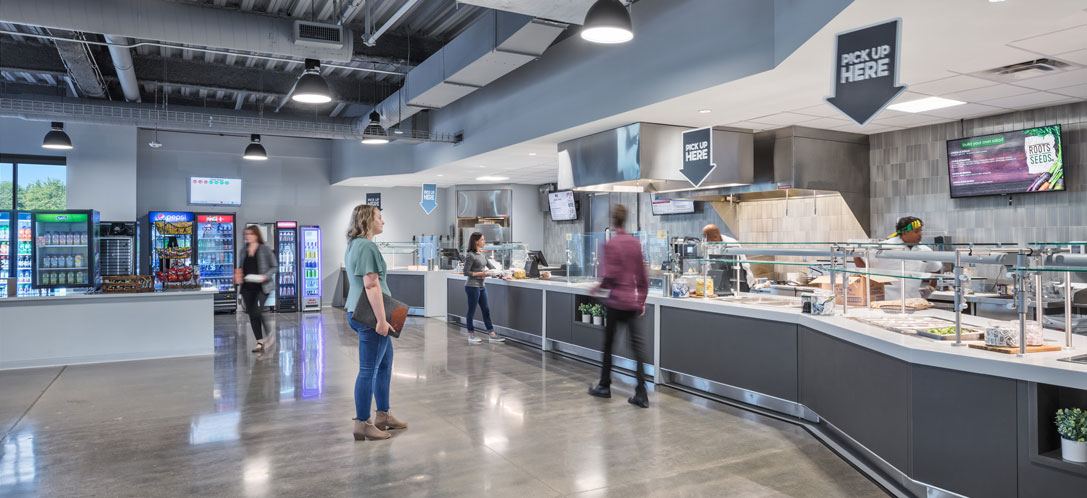
While designers create spaces that encourage movement, HR policies can incentivize employees to prioritize their health with regular activity and healthy eating.
Technology will support the shift to a more flexible and supportive work environment with IoT devices to support a healthy environment. For example, IoT sensors can collect data on air quality, temperature, lighting levels, and other factors. This data can provide insights into areas where environmental improvements can be made.
In addition, leadership buy-in and support are crucial. Leading by example and promoting wellness policies are proven to be the most successful strategies. HR policy should not only inform employees of their availability but also encourage their use.
A Synergistic Relationship
The outdated notion of viewing employees as mere cogs in a machine has given way to an understanding of the inherent value each individual brings and the importance of their holistic wellness. When companies champion the well-being of employees and recognize the interconnectedness between HR policy and the built environment for their success, they create healthier and more productive work environments. Most importantly, they make a positive impact on the lives of employees, leading to individual and organizational success. Encouraging well-being not only enhances individual happiness and fulfillment but also elevates the overall engagement within the organization. Placing employee wellness at the forefront of these efforts not only improves the lives of those being served but allows organizations to attract and retain top-level talent in their field, ensuring the company’s long-term success. Nurturing employee well-being, supporting work-life balance, and fostering a sense of belonging enables organizations to truly thrive.
This article was originally published by Training Magazine.
Author
Content Type
Published Articles
Date
July 19, 2023
Market
Practice
Topic
Workplace Strategy



